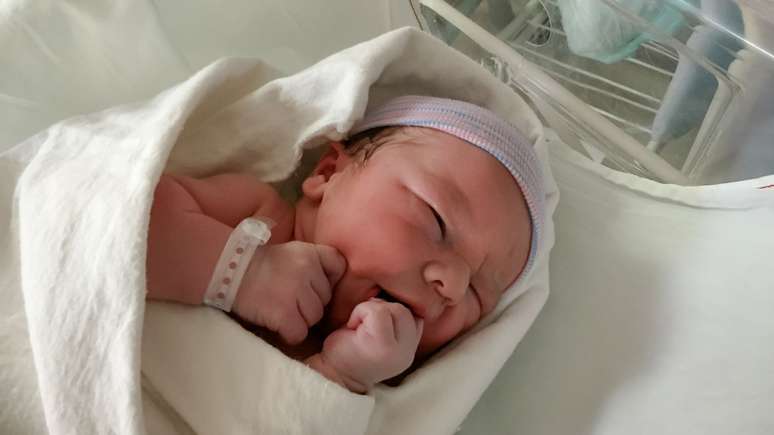An in vitro fertilization technique (IVF), which uses DNA to three people, led to the birth of eight children apparently free from serious hereditary diseases. The procedure was developed by researchers from the University of Newcastle, England, and published in the scientific journal The New England Journal of Medicine.
Innovation combines the genetic material of parents with healthy mitochondria of a donor. The method, called Pronuclear transfer, aims to replace defective mitochondria, responsible for the transmission of genetic mutations.
According to the researchers, the eight children – four boys and four girls – were born healthy and reached normal development points of development. The exams showed that the causes of the disease were absent or low levels, unable to cause damage.
Mitochondrial DNA is the key to avoiding hereditary diseases
Mitochondria work as cellular energy centers. When they contain genetic mutations, they can affect organs such as heart, brain and muscles. It is estimated that one in 5,000 children will be born with this type of change.
These mutations are inherited exclusively by mothers. Men can manifest the disease, but do not transmit it. To date, there is no cure for those who already suffer from these conditions.
The new procedure tries to prevent this broadcast before birth. It removes the nucleus from the egg of the mother – with its main genes – and transfers it to a donor egg, which had removed its core. Therefore, the child inherits the nuclear DNA of the parents, but the mitochondrial DNA of the donor.
This combination is what generates the so called “Three DNA children“According to studies, the quantity of defective mitochondrial DNA detected in infants was much lower than necessary to cause diseases.
The main limitation of the technique is the possibility of small quantities of defective mitochondria for the transfer of the mother together with the nucleus. Therefore, long -term accompaniment is considered essential.
“The results give reasons for optimism. However, research to better understand the limits of mitochondrial donation technologies will be essential to further improve the results of the treatment“, Mary HerbertAuthor of the study.
However, researchers point out that all children were born well, including a couple of identical twins. Three had initial health problems, but scientists could not relate them directly to the procedure.
“Although long -term monitoring of children born after the donation of mitochondria is of fundamental importance, these initial results are very encouraging. Seeing the joy and relief that these children have brought to their parents is a privilege” Bobby McFarlandof the National British Health Service.
The testimony of one of the mothers highlights the emotional impact of the technique: “As parents, everything we have always wanted was to give our daughter a healthy beginning. In vitro fertilization with the donation of Mitochondria made it possible. After years of uncertainty, this treatment gave us hope – and then she gave us our child. We look at them now, full of life and possibilities, and we are flooded with gratitude. Science has given us a chance.”
Source: Terra
Rose James is a Gossipify movie and series reviewer known for her in-depth analysis and unique perspective on the latest releases. With a background in film studies, she provides engaging and informative reviews, and keeps readers up to date with industry trends and emerging talents.







